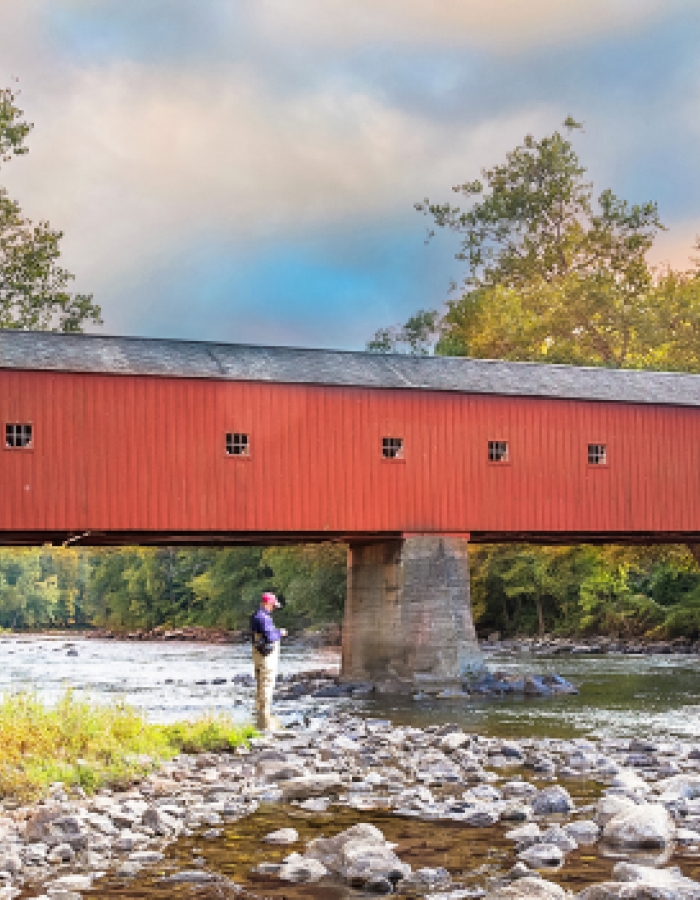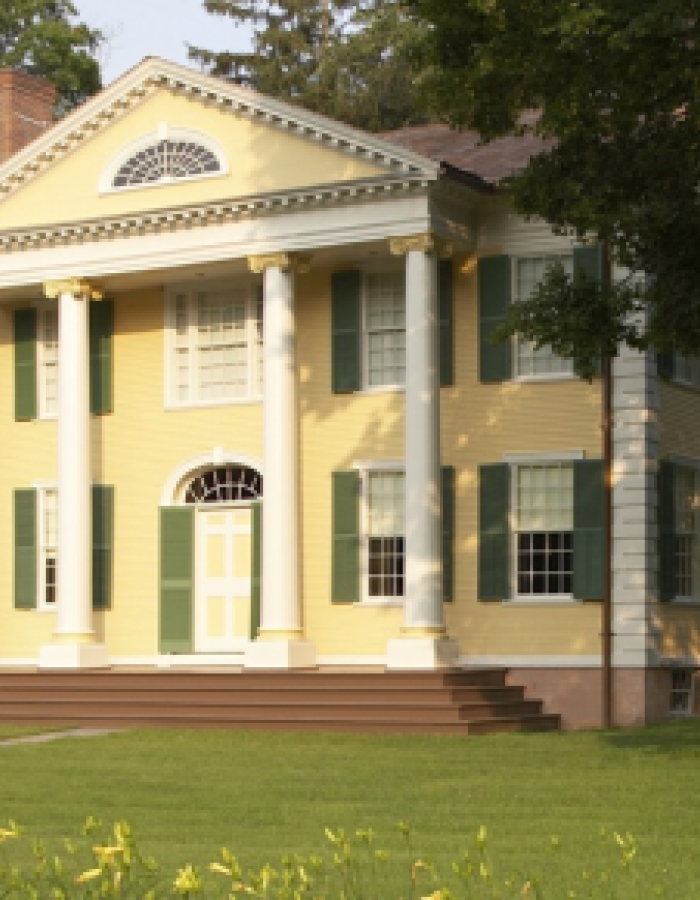Experience the Past in Mystic Country
History in Mystic Country runs deep. This land has been inhabited for hundreds of years by Mohegan, Pequot, and Nipmunk Native American tribes. The Mystic Country shoreline towns were thriving in the Revolutionary War era as whaling ports, and northern Mystic Country was an important postal route between New York City and Boston. In the modern-day, Mystic Country has persevered its historic past, and visitors are greeted with fun activities that blend historic and contemporary experiences.
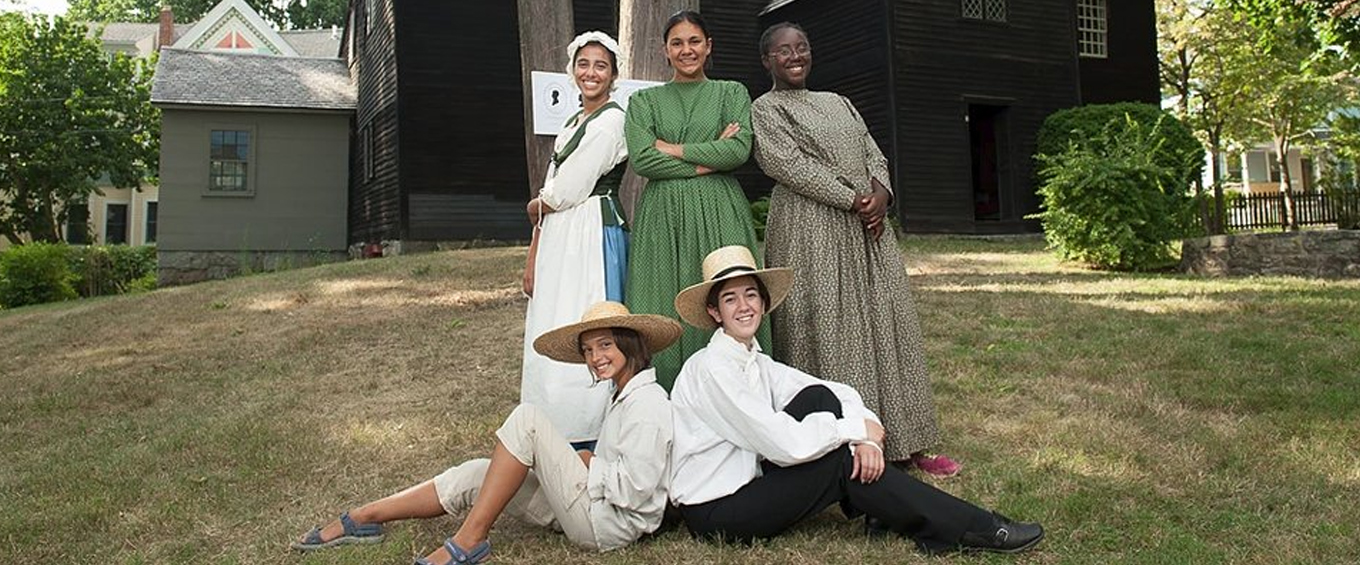
Historic Homes
People have been living and working in Mystic Country for thousands of years and they have left behind a strong legacy. The historic homes, some of them dating back to the 1600s and earlier, of many important ancestors have been turned into displays and museums that capture the past and its stories. The interiors of many of the homes remain as a time capsule back to life in the region’s vast history and experts have strived to maintain this historic integrity with the displays. The grounds of many of the historic buildings in Mystic Country are now home to hiking trails and summertime gardens that allow for nature-lovers to further explore and incorporate the past with the present. Explore these historic homes, now turned into museums, like the Hempsted Houses in New London, the Prudence Crandall Museum in Canterbury, the Captain Nathaniel B Palmer House in Stonington, Leffingwell House Museum in Norwich and the Roseland Cottage in Woodstock. In Coventry, the Nathan Hale Homestead is the boyhood home of our state’s hero.
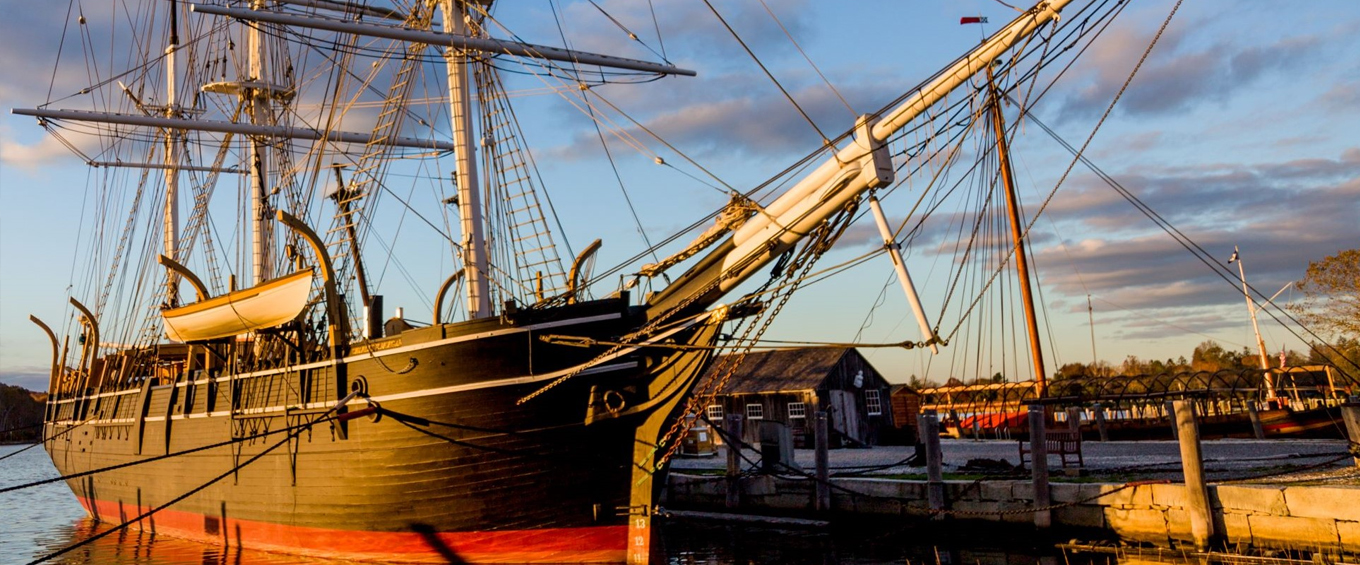
Learn from the Museums
Thousands of years ago, the land known as Mystic Country belonged to several Native American tribes. The Mashantucket Pequot Museum & Research Center in Mashantucket is run by the Pequot tribes and tells the story of their ancestors. As you explore through the museum, you can walk through a depiction of a 16th-century village and learn more about the distant and recent past of the Native American tribes of this area.
If you were to jump back in time to the 1800s in Mystic Country, you would be greeted by the hustle and bustle of one of the East Coast’s biggest whaling ports. The city of New London is now known for its strong presence of arts and culture, but in the late 1700s and 1800s, it was the send-off location of almost a thousand whaling voyages. Similarly, from 1832 to 1860, Mystic and Stonington sent out nearly eighty vessels on close to three-hundred voyages. Museums like the Mystic Seaport Museum in Mystic and the Custom House Maritime Museum in New London have amazing and interactive exhibits that help you explore the historic past. The Mystic Seaport Museum maintained the historic integrity of a small whaling village and walking around the grounds allows you to time travel back to the 1800s and experience Mystic as our ancestors experienced it. In Groton, visitors can board the first nuclear-powered submarine, the Nautilus and the Submarine Force Museum, which shows the history of the United States submarine force with working periscopes, mini-subs and more.
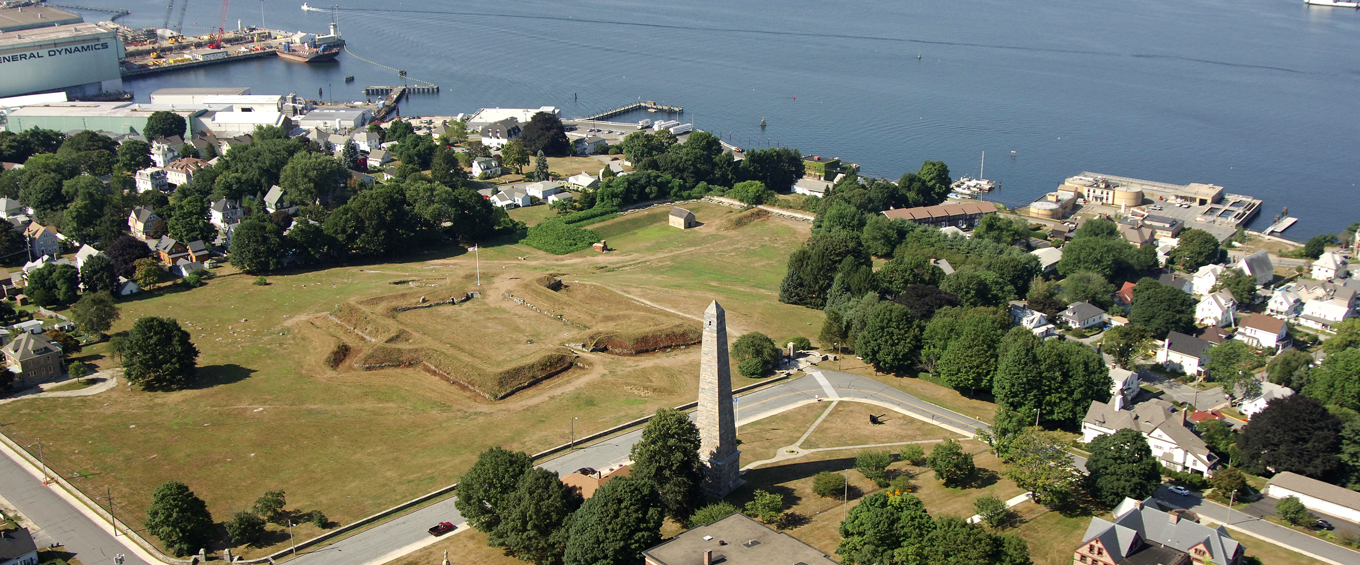
Stand at the Monuments and Battlefields
During the Revolutionary War, the fear of an attack by sea loomed over the minds of coastal dwellers. Because of this, they built many forts and battlefields to help combat the British troops. Nowadays, these forts and monuments stand tall as a reminder of our brave past. Today visitors can stroll through the battlefields, forts, and ramparts as they learn about the history of the Revolutionary War. A great way to experience history is by water in a water taxi. The Thames River is rich in history and the Thames River Heritage Park Water Taxi allows for further exploration of the New London and Groton historic waterfront districts like Fort Trumbull State Park in New London and Fort Griswold Battlefield State Park in Groton.
Special Delivery

Connecticut, Delivered Right to Your Fingertips
Share your email address to receive our free newsletter and be the first to see the latest travel deals, attractions and news from CTvisit.com!











